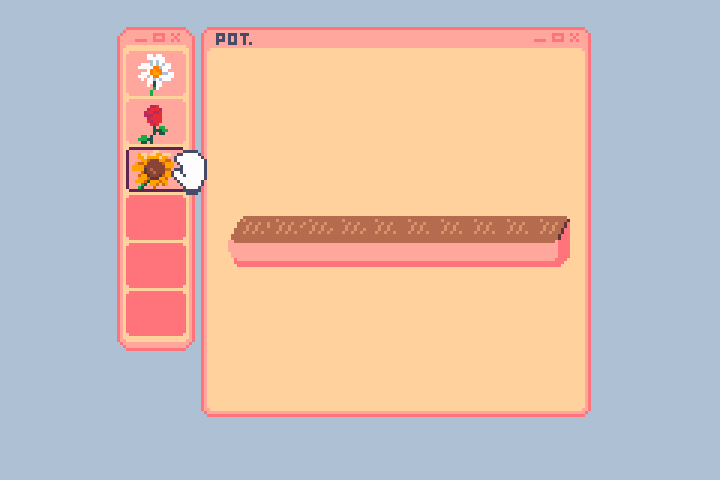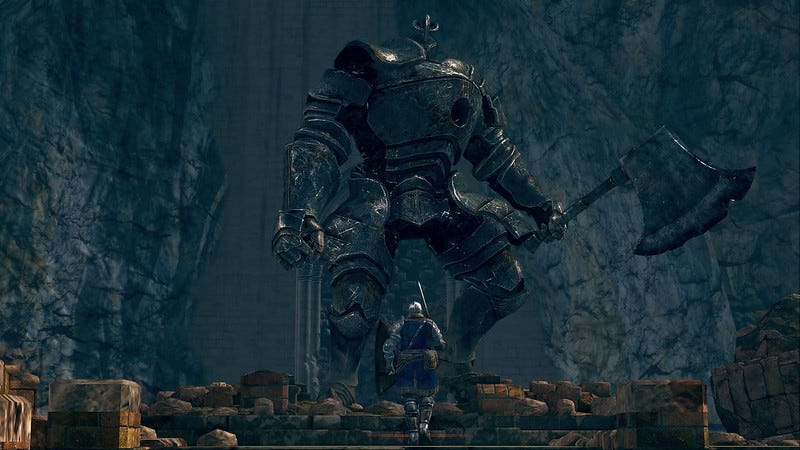Solo Gamedev, overwhelming, isn't it?
The school of the streets
Like many of you, I’ve been playing video games since I was a child. They’ve been with me through moments of joy, sadness, excitement, and fear — shaping my emotions in ways few other media can.
A few years ago, I started wondering: What makes a game so emotionally powerful? Why do we care so deeply about fictional characters and their worlds?
That curiosity led me down the challenging path of game development. I’ve been studying game design, experimenting with tools like Aseprite and Godot, and participating in game jams — all in pursuit of one goal:
To understand and harness the emotional power of interactive experiences.
My mission
During the last years I’ve challenged myself to learn about the fundamentals of Game Design, reading many books about this matter (just to mention a really good one - Art of Game Design - A book of lenses, Jesse Schell)
Starting a successful game development career is a lot like playing your first Dark Souls game — frustrating at first, but deeply rewarding once you overcome the challenges.
Those books fullfilled my motivation to start my first serious game development project (A videogame, no surprise, ah?) with many personal enablements across the way:
Learn additional skills
Create a small community
Teach within my understanding and perspective, following KISS principles
This space purpose will be:
Game Design connected to emotions
Our tools: Aseprite (Pixel Art) and Godot (Game dev)
Quickstart - Get ready for your next battle!
Aseprite (Paid) - It is worth each dollar.
Background
I’m José Carlos, located on Málaga (Spain) - I’ve studied Computer Engineering my career started as Web developer, then I switched to IT Engineer area and I’m currently working as IT Support Manager for 10 years already. This experience gave me some hard and soft skills that could be easily transferred.
…What about games?!
I participated at some Game Jams to start with the fundamentals:
What’s next?
In my next post, I’ll dive into one of my favorite aspects of game development: creating tiny lives inside a virtual world.
Specifically, I’ll show how I’m using Godot’s path navigation system to breathe life into NPCs as they walk through a virtual city. I’ll break down the techniques I’m experimenting with, and the emotional intent behind them — from simulating daily routines to evoking personality through movement.
Whether you’re a developer looking to deepen your technical skills, or simply curious about how movement alone can make a player feel something — this is a post you won’t want to miss.




